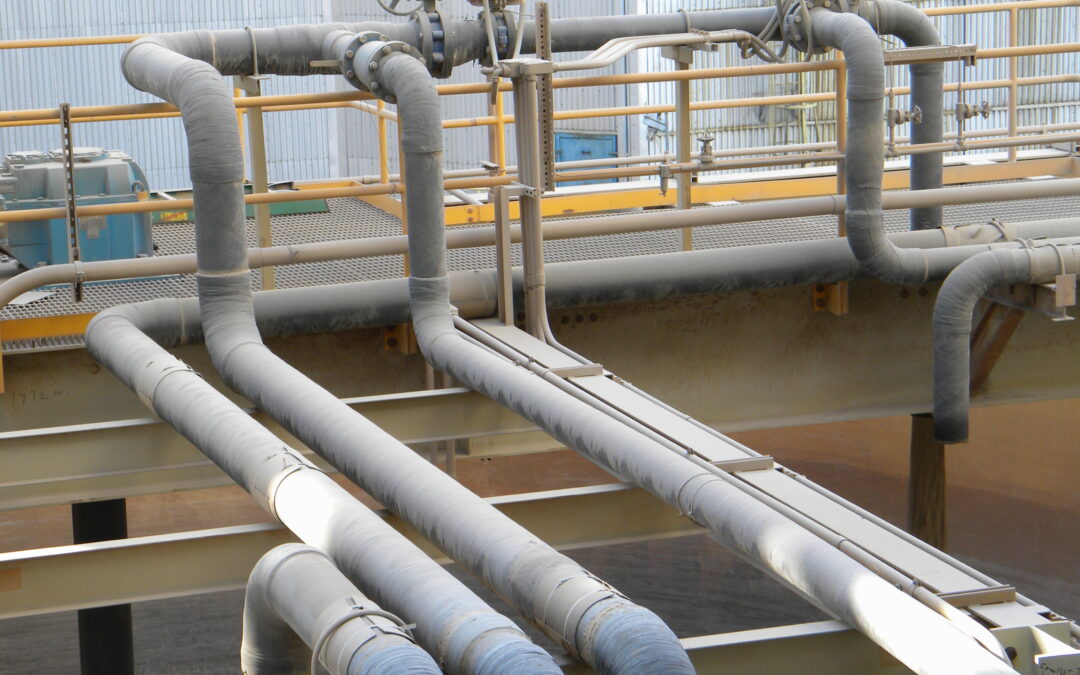Recently I posted a Blog discussing some of the challenges of engineers in designing FRP systems. This posting is a continuation of that discussion.
I have frequently said that in an FRP piping system, the manufacturing of the pipe is the most controlled part of the project process. Most FRP piping is manufactured in a shop, having a controlled environment. In most cases, the piping is filament wound with a synchronized and computer controlled material delivery system. It has been my experience that 70% of the failures arise due to lack of understanding of the material in design and/or deficiencies related to pipe supports.
The fundamental function of pipe supports for FRP is to protect the pipe. Due to the notable thermal expansion of FRP, the support strategy becomes critical. Most systems will require a selective implementation of anchor supports to limit and direct thermal expansion. Additionally, slide and guide supports are located in the system to afford some freedom of movement for the piping while maintaining the system within reasonable limits. Too much freedom in a system can lead to eventual fatigue failures over time. Too much restraint can bind up a system, overstressing the pipe or creating high end loads on connection equipment, such as tanks and pumps. Proper support placement and methodology is important to the performance and reliability of an FRP piping system.
Equally, the design of pipe supports for FRP is important to ensure system performance. As a general rule, typical pipe supports for steel pipe area not appropriate for FRP and thermoplastic piping. As a piping material, FRP is not near as stiff or rigid as steel pipe. This is why we see FRP as a more flexible pipe. With this considered, pipe supports for FRP need to be designed with broader clamps to develop a larger bearing area in the clamp. Additionally, support clamps should be lined with an elastomer, such as neoprene or EPDM, to cushion the pipe in the steel support.
Pipe supports should be designed for minimum deflection under load, near rigid, to prohibit any potential for pinching or pint loading of the pipe at support locations. It is not desirable to have the pipe sitting directly on steel beams. This can create point loads at the bottom of an FRP pipe that can eventually cause a crack in the internal corrosion barrier and will not be evident for some time, until a leak is revealed. Lined shield supports are required at a minimum to protect the FRP pipe from wear and point loading. Lined shields can be effective as a simple support for FRP pipng up to about 12” in diameter. Above 12” NPS, shield do not provide sufficient support for the pipe and a more robust, full clamp type, support is recommended.
In the project execution, pipe supports should be critically paired with the system design and analysis. They need to work together with the pipe to ensure reliability and system performance. With this view, you have a good chance to meet all expectations for your FRP systems.


Recent Comments